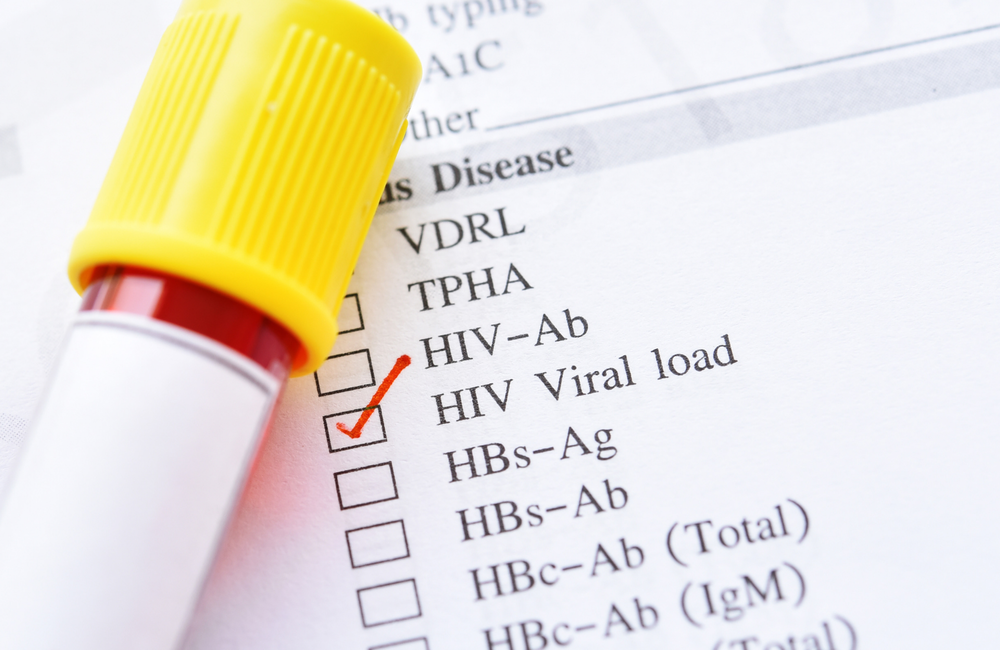
Viral load blips above 50 copies/ml are associated with an increased risk of subsequent treatment failure and need to be taken seriously as signals of non-adherence and emerging drug resistance, investigators from the EuResist study report in the journal Clinical Infectious Diseases.
But the study also found that the vast majority of people who experienced a viral blip or low-level viraemia went on re-suppress HIV and did not experience virologic failure.
Viral load blips above the level of detection – typically an isolated measurement above 50 copies/ml – are a common phenomenon but researchers have been uncertain about their significance.
Some studies have suggested that they represent temporary releases of virus from the reservoir of latently infected cells, not ongoing virus replication.
Successive measures of low-level viraemia – above 50 copies but below the 200 copies/ml level often used to define virologic failure in high-income settings – are also difficult to interpret. Some studies have found a higher risk of subsequent virologic failure in people with low-level viraemia and two studies have found a trend towards a higher risk of subsequent death or clinical disease progression.
But a US study found that low-level viraemia below 200 copies/ml did not predict virologic failure in people on their first antiretroviral regimen.
Researchers in the EuResist network, a European research collaboration that studies HIV drug resistance, investigated the impact of viral blips and low-level viraemia in the largest population studied to date in a high-income setting. They identified 22,532 people who started treatment between 2005 and 2015 and had at least 12 months of follow-up after starting treatment, at HIV clinics in Germany, Spain, Italy, Luxembourg, Belgium and Portugal.
Participants were classified as follows:
- Persistent virologic suppression below 50 copies/ml
- Viral blips: a single viral load above 50 copies/ml
- Low-level viraemia: several viral loads between 51 and 199 copies/ml, at least 30 days apart
Virologic failure, the primary study outcome, was defined as two consecutive viral loads above 200 copies/ml or a single viral load above 1000 copies/ml.
During a median of 2.8 years of follow-up, 1,424 virologic failures occurred, 72% in people with previous virologic suppression, 15% in people who had experienced a viral blip and 13% in people with low-level viraemia.
After the first detectable viral load, 12% of those with low-level viraemia went on to experience virologic failure within two years, compared to 5% of those with viral blips.
After adjusting for demographic and HIV-related factors (including antiretroviral regimen and treatment experience), low-level viraemia was shown to double the risk of virologic failure (adjusted hazard ratio 2.2, 95% confidence interval 1.6-3). Viral blips modestly increased the risk of virologic failure (aHR 1.70, 95% CI 1.3-2.2).
As well as viral blips and low-level viraemia, younger age, female sex, lower CD4 count, higher pre-treatment viral load, treatment experience and a history of injecting drug use each increased the risk of virologic failure, although each had less impact than viral blips on the subsequent risk of virologic failure.
"12% of those with low-level viraemia went on to experience virologic failure within two years, compared to 5% of those with viral blips."
The relationship between viral blips, low-level viraemia and subsequent risk of virologic failure remained significant when the analysis was restricted to people who started treatment after 2014, but when the analysis was restricted to people whose first regimen contained an integrase inhibitor, the relationship ceased to be significant. However, the investigators note that the limited number of cases of viraemia in this category means that this result should be treated with caution.
One hundred and forty people had resistance tests within 90 days of their first viral load test during an episode of low-level viraemia. Forty-nine had at least one drug resistance mutation; 16 were found to be new mutations not present before starting treatment. Seven of the 16 cohort members with new mutations subsequently developed virologic failure. The most common mutation to emerge during low-level viraemia was the M184V mutation associated with exposure to lamivudine or emtricitabine.
The low number of resistance tests carried out during low-level viraemia make it difficult to judge to what extent virologic failure after low-level viraemia is driven by the early emergence of drug resistance during low-level viraemia. But the investigators say that the fact they detected new drug resistance mutations in people with viral load below 200 copies/ml lends support to the European AIDS Clinical Society’s recommendation of resistance testing during episodes of low-level viraemia, with adjustment of the regimen if resistance is detected.
Elvstam O et al. Virologic failure following low-level viremia and viral blips during antiretroviral therapy: results from a European multicenter cohort. Clinical Infectious Diseases, published online 14 September 2022 (open access).
DOI: 10.1093/cid/ciac762
